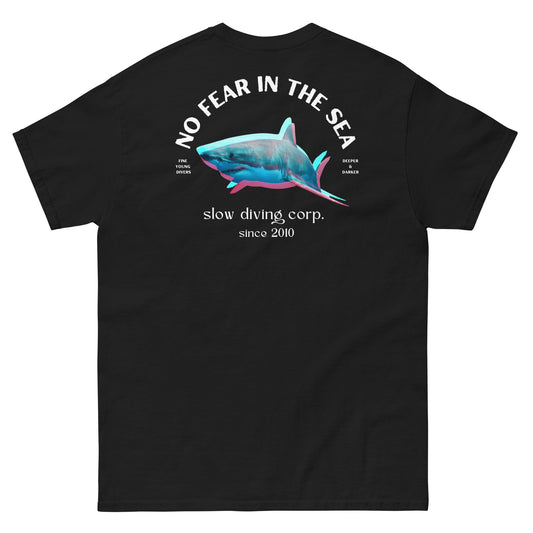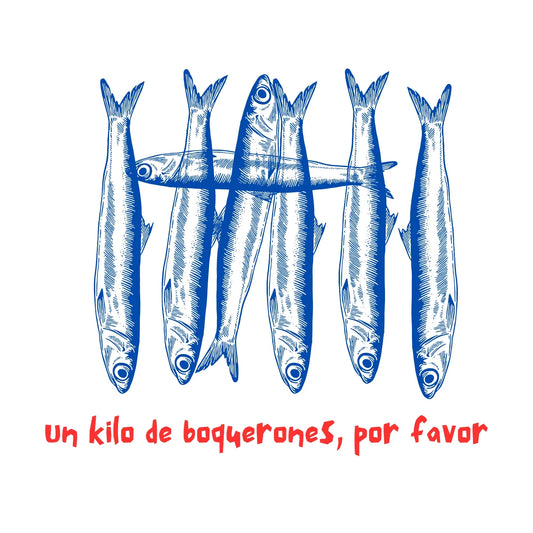To encounter a Greenland shark (Somniosus microcephalus) is a lucky chance and a great opportunity to add to the little we know about this animal. Unless you are one of the few remaining Inuit or you dive in the more than cold waters of Canada, Greenland or Iceland, the chances of encountering one of these prehistoric looking animals are minimal. And if you do dive there and are curious to see one, you will have to descend to the abyssal depths between 1,200 and 2,000 meters where they spend most of their lives.
For this very reason, the difficulty of finding one, cameraman Adam Ravetch shows such satisfaction and excitement when he talks about his encounter with one of these sharks. In addition to its elusiveness, this shark has several characteristics that make it unique and special. For one, it is considered one of the longest-living vertebrates on the planet, capable of living more than 200 years. If you stay practically frozen (it lives in waters between 0ºC and 2ºC) and expend little energy (it can only reach a maximum speed of 1.6 miles per hour), you can afford to live longer. Another curious feature is that its meat is poisonous, with a high uric acid content... meat from which the Icelanders and Inuit have been making (and eating) a delicious dish called Hákarl for millennia.
Shark Lovers T-Shirts
VIEW MORE SHARK T-SHIRTS
Find below the video transcript of the interview with this cameraman who had such an unexpected encounter.
"The Greenland Shark is probably one of the most bizarre creatures on the planet. It is actually a deep-water shark and it is prehistoric.
It has an extra gill slit than the modern day shark so it comes form another era. It lives at thousands of feet, on the bottom, so very few people know about it.
The scientists tell you that it is probably one of the largest populations of sharks on the planet because there is no real commercial fishery on it and they live so deep so nobody really comes in contact with them.
The Greenland shark is known to live up to 200 years old, so imagine if they could talk! The other bizarre thing is there is these parasitic worms that actually somehow find the shark in the water column, grab onto the tail and then, like mount Everest, they hike up and down these scales all the way to the eyeball of the shark and then they latch onto it and they spend their entire lives on the eye and they feed of the tissue of the eye. This renders the shark blind however the shark does not need to really see in order to feed cause it lives in dark deep waters anyhow and it has an incredible sense of smell and that's how it can find its prey and probably also has the ability to pick up on vibrations.
The Greenland shark in my opinion wasn't that dangerous. He was very docile, kind of swam around slowly. Scientist and the Inuit have found, in their stomach, seals so there is this idea that they somehow can hunt a seal.
Their mouths are more like a nurse shark. The teeth are made for crunching bottom creatures so they probably don't go after big prey but if they can get their mouth around a seal they actually have an extended jaw that comes out and it locks on and then they do this flipping action. They will roll like an alligator rolls and they roll left, they roll right, they roll left, until they grab a piece out of the animal.
So for a human we did not feel endangered because it was not biting us, it was just kind of swimming by. It is just a fabulous piece of the puzzle and the arctic ecosystem and exciting that we can swim with it, find one and document it."























